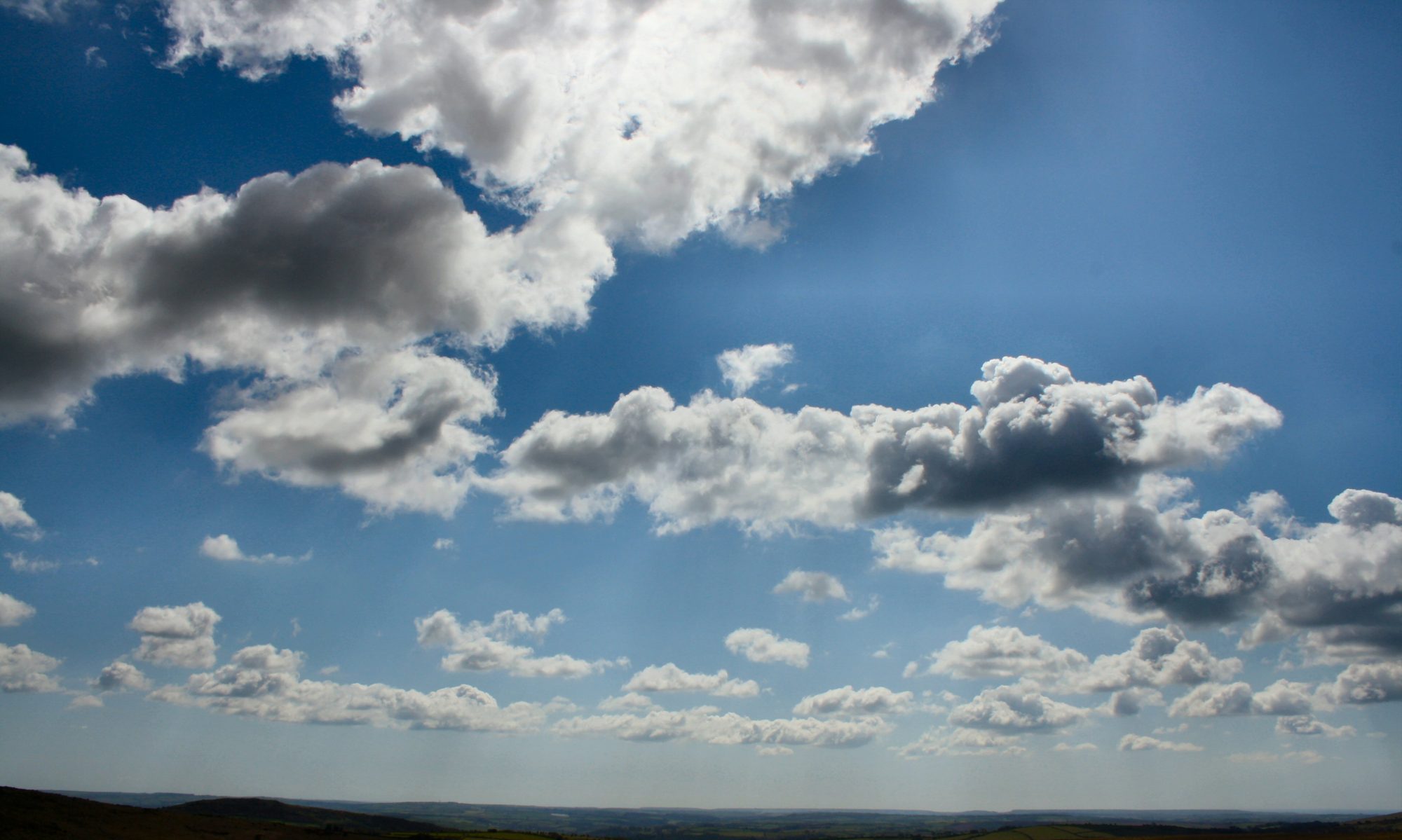Time to celebrate our community in brilliant Bridford!
It was a house (and a view) that brought us here 6 years ago, but we soon realised we’d landed in a wonderfully welcoming community. Maybe it’s in part the challenges of the weather and the lanes, the deer and the potholes that bring folk together, but the Bridford community thrives way beyond helping a neighbour out or shifting a tree off the road! There are 3 crucial places in the village: the well-resourced village hall, the beautiful church and the fantastic Bridford Inn – our community centre in so many ways (and my husband’s second home!) But there’s so much more besides: the Woodland Park and the Bridford
Trust, the sweetest village garden, our play park, and allotments with the best views imaginable. None of these can thrive without the wonderful people of the village – people like you, dear reader – who keep everything going and form our supportive community. People like you make possible the groups and events that happen in the village – for example (and this isn’t an exhaustive list!) the long-established Twinning Society, the Bridford Fete and its committee, the Wassail, the ongoing delights of Bridford Wives, Chat
In, our Bridford community Larder, the wildlife and tree wardens, the book exchange in the phone box, the clothes bank, the Snow Team, Unity Magazine keeping us all in touch, and, of course, the Parish Council which I am now delighted to be part of.
SAVE THE DATE – Saturday May 17th 2025 12pm-3pm –
Community Celebration
– a delicious lunch and an afternoon of celebration for all the community
So, let’s celebrate the splendid people who give up their time to plan events, bake cakes, organise rotas, help out, put things up/take things down, provide lifts, report problems, sort problems and make Bridford brilliant.
On Saturday, May 17th you – and everyone in and around Bridford – is invited to join us from 12pm for lunch and an afternoon of activities in and around the Village Hall for a Community Celebration. There will be a delicious Ploughman’s Lunch with drinks and sweet treats too, along with displays and photographs celebrating village life, activities for children, music, and happy chatting – all to showcase and celebrate volunteering and community in Bridford. The event will be FREE – thank you Devon CC for their help in making this possible through Locality Funding.
If you or your group would like to put up a display, showcase your organisation, share village photos, offer an activity, or help out in any way we would love to hear from you – please contact me,
Cllr. Pippa Marriott on marriott.bpc@gmail.com.
